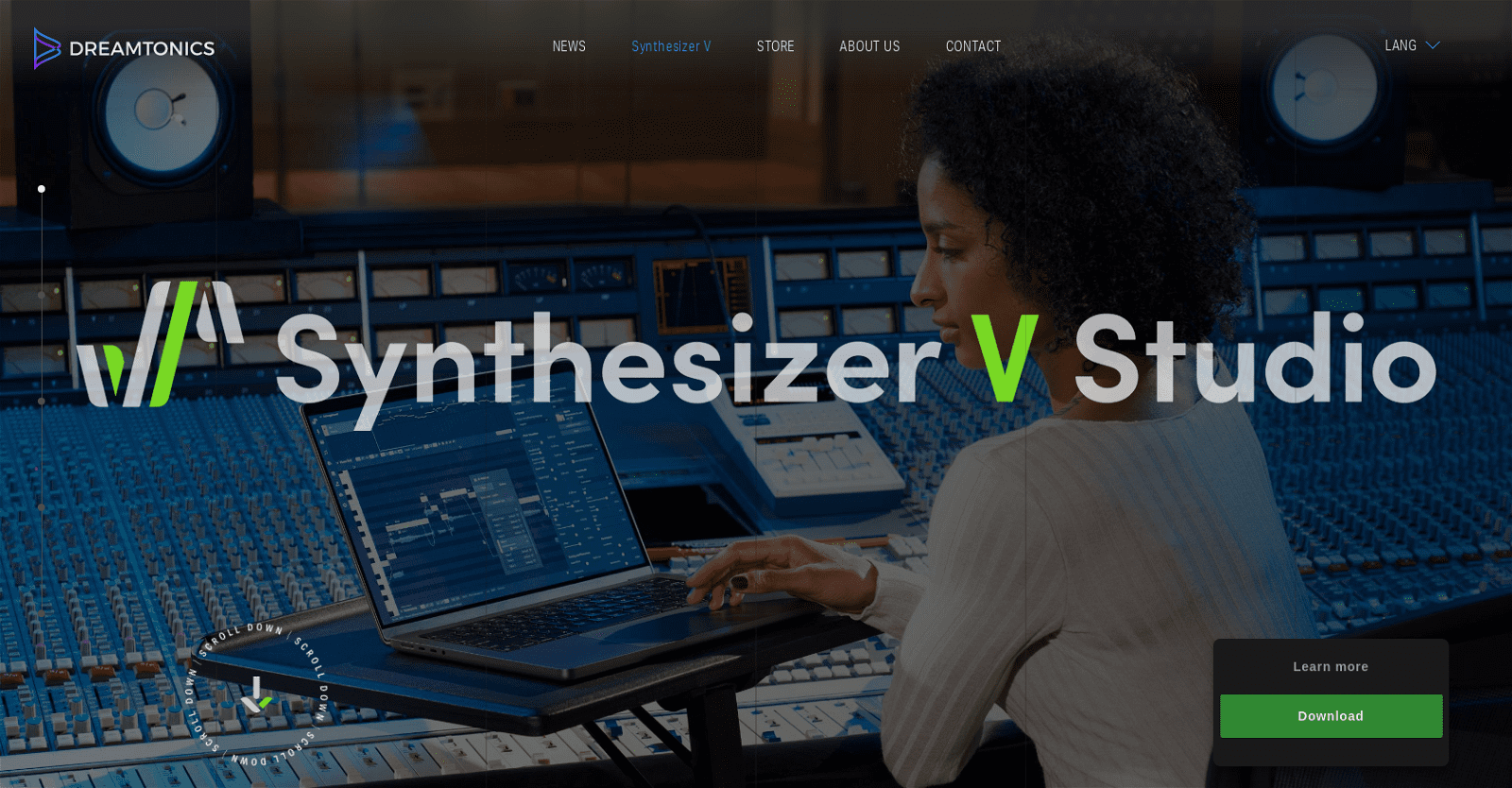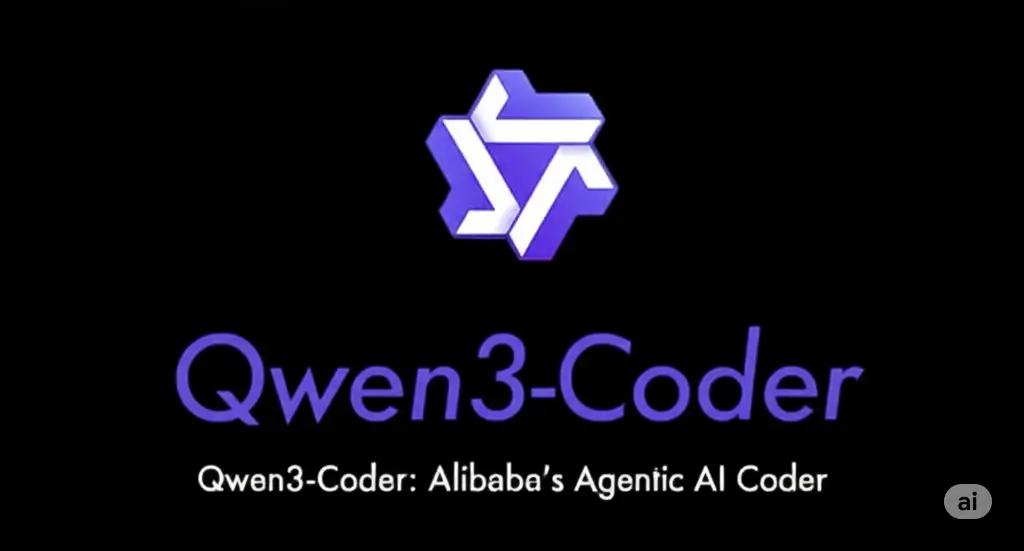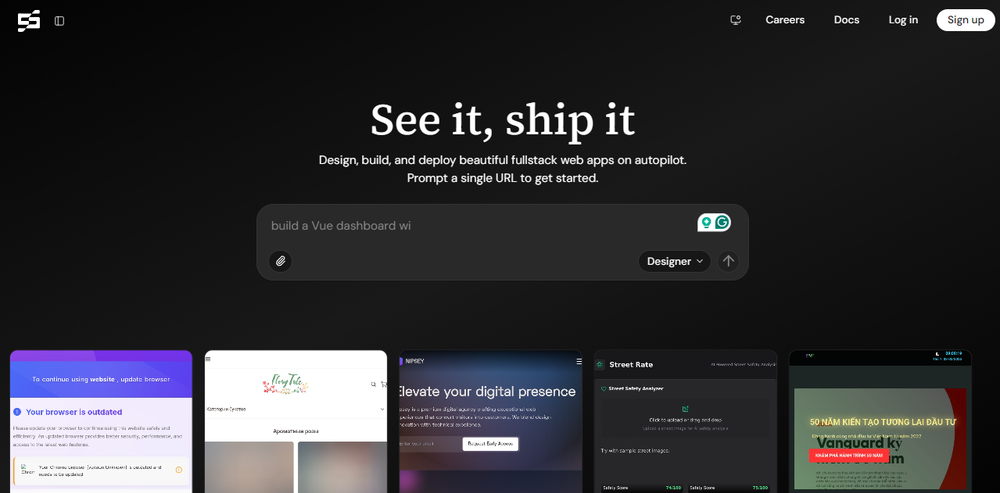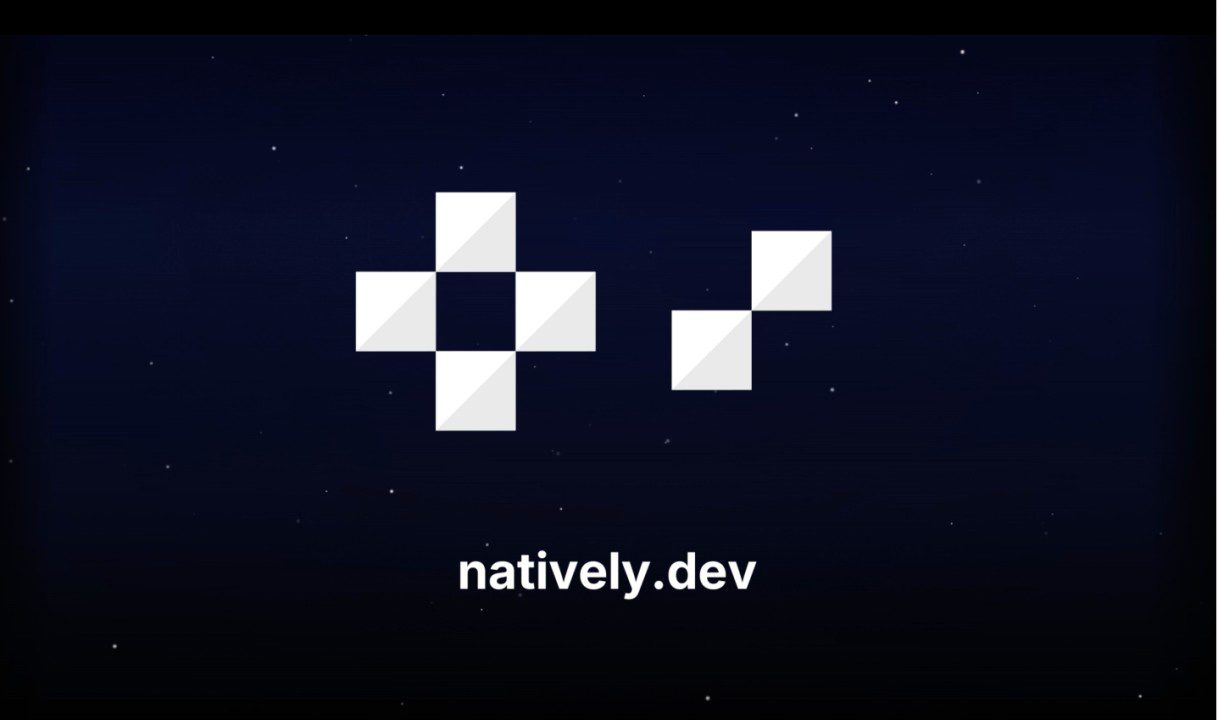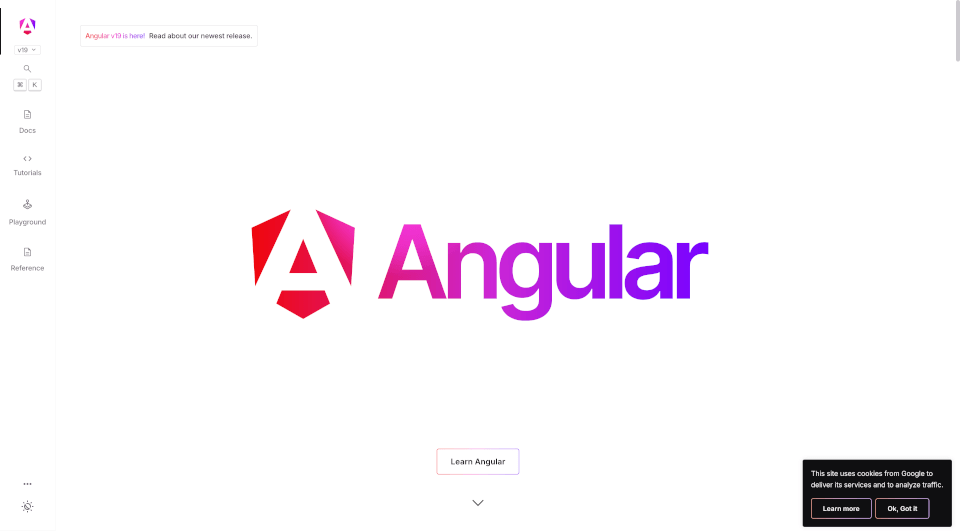Synthesizer V, developed by Dreamtonics, is an innovative AI-powered synthesizer that allows users to create lifelike, responsive singing vocals without a human singer. Utilizing a deep neural network-based synthesis engine, Synthesizer V can generate highly realistic vocals in English, Japanese, and Chinese.
The platform offers customizable vocal modes such as chest, belt, and breathy, along with dynamic features like AI retakes and isolated aspiration output. Synthesizer V Studio enhances user experience by supporting the import of MIDI files, lyric entry, and integration with VST3 and AudioUnit interfaces.
Available in both free and Pro versions, Synthesizer V Studio offers extensive capabilities with the Pro version, including unlimited tracks, customizable AI pitch generation, and no core limits during rendering. With Synthesizer V, music production reaches new heights, enabling users to create clean, professional vocal tracks effortlessly.
More details about Synthesizer V
What are the computer system requirements for running Synthesizer V?
Synthesizer V is compatible with Windows, macOS, and Linux systems. It also runs natively on Apple Silicon.
What additional features are available in the Pro version of Synthesizer V?
The Pro version of Synthesizer V includes features such as unlimited tracks, customizable AI pitch generation, no core limits for rendering, VST3/AU plugin support, Cross-Lingual Synthesis, AI retakes, isolated aspiration output, various Vocal Modes, tone shift parameter, microtonal adjustment, and support for MIDI keyboard and metronome.
How does Synthesizer V simulate the human singing voice?
Synthesizer V uses a deep neural network-based synthesis engine to simulate the human singing voice, producing highly realistic vocals. It includes different vocal modes, such as chest, belt, and breathy, to offer a broad range of tonal options.
Is there a free version of Synthesizer V available?
Yes, Synthesizer V offers a free version that supports up to 3 tracks, has a default AI pitch generation configuration, and allows the use of up to 2 cores for rendering.
